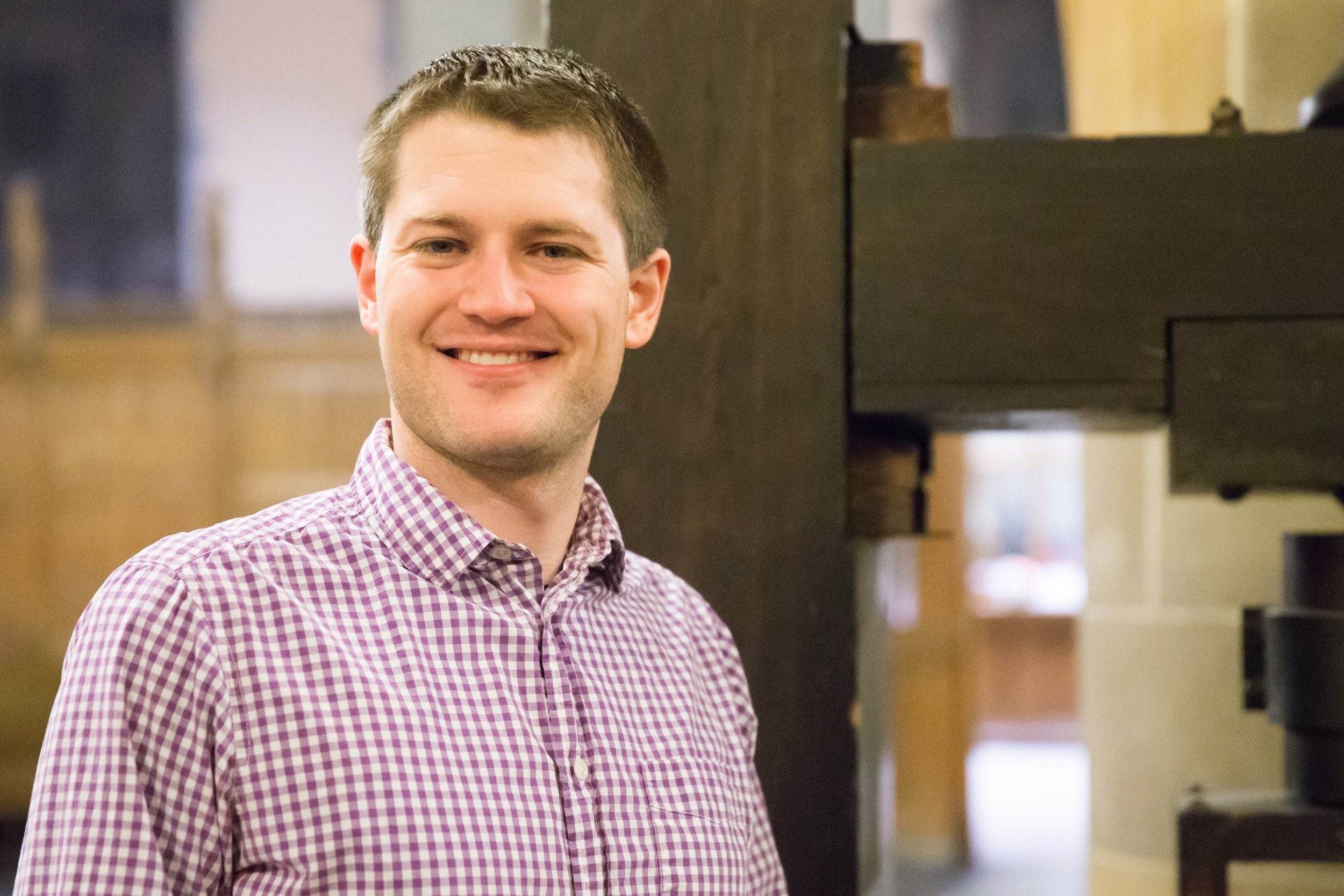Why Do Some Things Get Colder (or Hotter) When They React? [v1.0]
SKELETON <
FULL STORYLINE <
TEACHER GUIDE <
MATERIAL & SUPPLY LIST <
STUDENT ACTIVITY SHEETS <
SYNOPSIS:
In this high school physical sciences unit, students investigate why some substances absorb heat when they react, while others release it. Students first solve the mystery of where energy goes in endothermic reactions by examining salt dissolution and using magnets as models for bonds. They then expand their investigations to look into where the energy comes from in exothermic reactions. The model they continue to develop with magnets helps students account for why breaking bonds absorbs energy from the surroundings while forming bonds releases energy into the surroundings. The end of the unit naturally motivates a new question to pursue in future units, “Why are some types of particles more attracted to one another than others?"
What students figure out:
By the end of the unit, students develop ideas about chemical reactions, structures and properties of matter, and the relationship between energy and forces. These ideas include:
A stable molecule has less energy than the same set of atoms separated; one must at least provide this energy to take the molecules apart.
When two objects interacting through a field change relative position, the energy stored in the field is changed.
Whether or not energy is stored or released in a chemical process, can be understood in terms of the collisions of molecules and rearrangements of atoms into new molecules, with consequent changes in the sum of all bond energies in the set of molecules that are matched by changes in kinetic energy.






